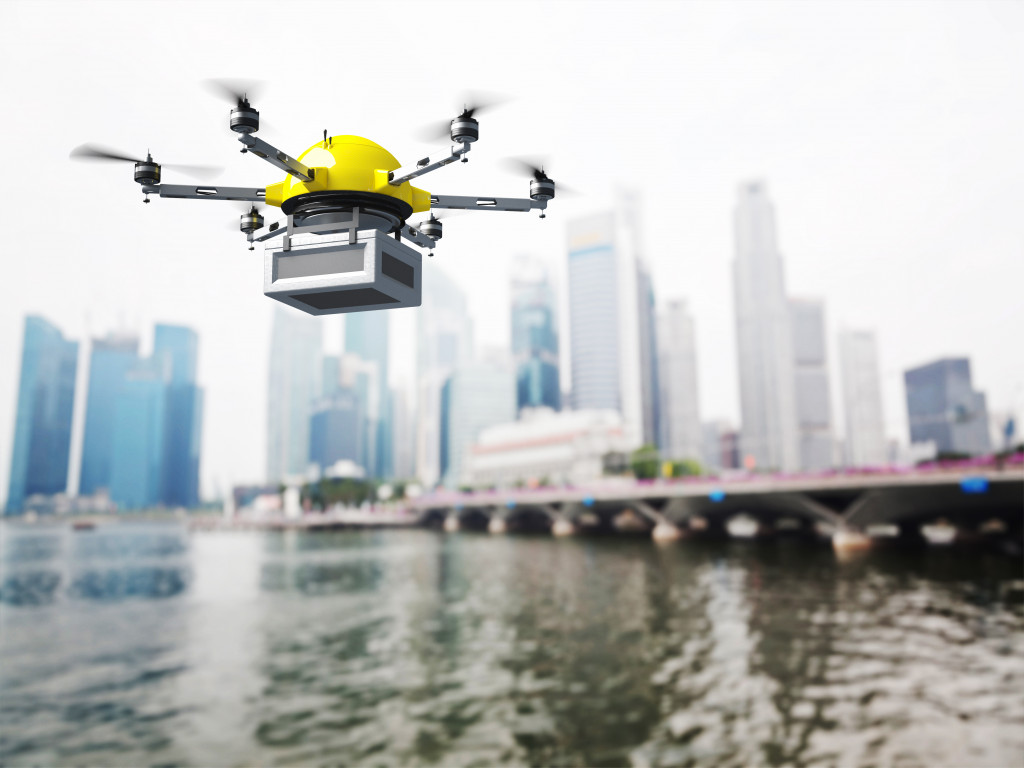Medical supplies are the tools and materials used in healthcare facilities to care for patients. They include everything from bandages and syringes to ventilators and MRI machines. The COVID-19 pandemic has highlighted the importance of having a reliable supply chain for medical supplies. The sudden demand for specific items, such as personal protective equipment (PPE), created shortages in many parts of the world.
The COVID-19 pandemic has left the world scrambling for answers. Hospitals are overwhelmed with patients, and medical supplies are running low. In times like these, it’s more important than ever to have a reliable distribution system for medical supplies. Fortunately, technology is up to the task.
Technology’s role in the medical industry
Technology has always been an essential part of the medical field. From pacemakers to MRI machines, technology plays a vital role in diagnosing and treating diseases. But in recent years, technology has become even more critical in the distribution of medical supplies. Thanks to advances in logistics and transportation, medical supplies can be delivered quickly and efficiently to where they’re needed most.
For example, when the Ebola virus outbreak occurred in 2014, medical supplies were shipped worldwide to affected areas. This was only possible because of the sophisticated logistics and transportation infrastructure that exists today. And it’s not just large shipments of medical supplies that can be quickly transported; smaller items like medications and personal protective equipment (PPE) can also be delivered thanks to technology rapidly.
The use of E-commerce
The days of waiting in line at the pharmacy are long gone. Today, thanks to E-commerce, people can order their medications and deliver them to their doorstep. This is especially useful for people with chronic conditions who need medication regularly.
For example, a person with bladder problems can easily order urinary catheter supplies without leaving their house. This saves time and reduces the risk of exposure to infections.
E-commerce has also made it easier for people to buy PPE. With a few clicks of a button, people can order face masks, gloves, and other items that can help protect them from COVID-19.
The rise of drones

One of the most promising new technologies for the distribution of medical supplies is drones. Drones are unmanned aerial vehicles (UAVs) that can be controlled remotely. They’re already being used to deliver packages in many parts of the world, and there’s no reason why they couldn’t be used to provide medical supplies as well.
In fact, drones are already being used to deliver medical supplies in some parts of the world. For example, in Rwanda, drones are being used to deliver blood and other medical supplies to remote villages. This is especially useful in areas where roads are in bad condition or nonexistent.
Drones can also be used to deliver PPE and other items needed to fight COVID-19. For example, drones are being used in China to deliver face masks and other things to people in quarantine. This is a quick and efficient way to get supplies to people who need them the most.
Technology has come a long way in recent years, and it’s now playing a vital role in the distribution of medical supplies. Thanks to technology, medical supplies can be delivered quickly and efficiently to where they’re needed most. This is especially important in times of crisis, such as the COVID-19 pandemic.
Robots
Robots are indeed the future of the distribution of medical supplies. They are already being used in some hospitals to deliver drugs and other items to patients. For example, in the United States, a company called Intuitive Surgical has developed a robot called the da Vinci surgical system. This robot can perform surgery with great precision.
Another example of a robot being used in the medical field is the Baxter robot. This robot is being used to help patients with physical therapy. There are many other examples of robots that are being used in the medical field. The use of robots in the medical field is increasing every day.
The use of 3D printing
3D printing is another technology that is playing a role in the distribution of medical supplies. 3D printing can be used to create many different types of objects, including medical supplies. For example, 3D-printed prosthetic limbs are becoming more and more common. These prosthetic limbs are made using 3D printers. 3D printers can also be used to create other medical supplies, such as implants and surgical instruments.
The use of 3D printing in the medical field is increasing every day. This technology is making it possible to create many different types of medical supplies that can be used to help save lives.
The bottom line
In times of crisis, it’s essential to have a reliable way to distribute medical supplies. Thanks to advances in technology, we now have a sophisticated logistics and transportation infrastructure that can deliver supplies quickly and efficiently to where they’re needed most. This is crucial in responding to global pandemics like COVID-19.

